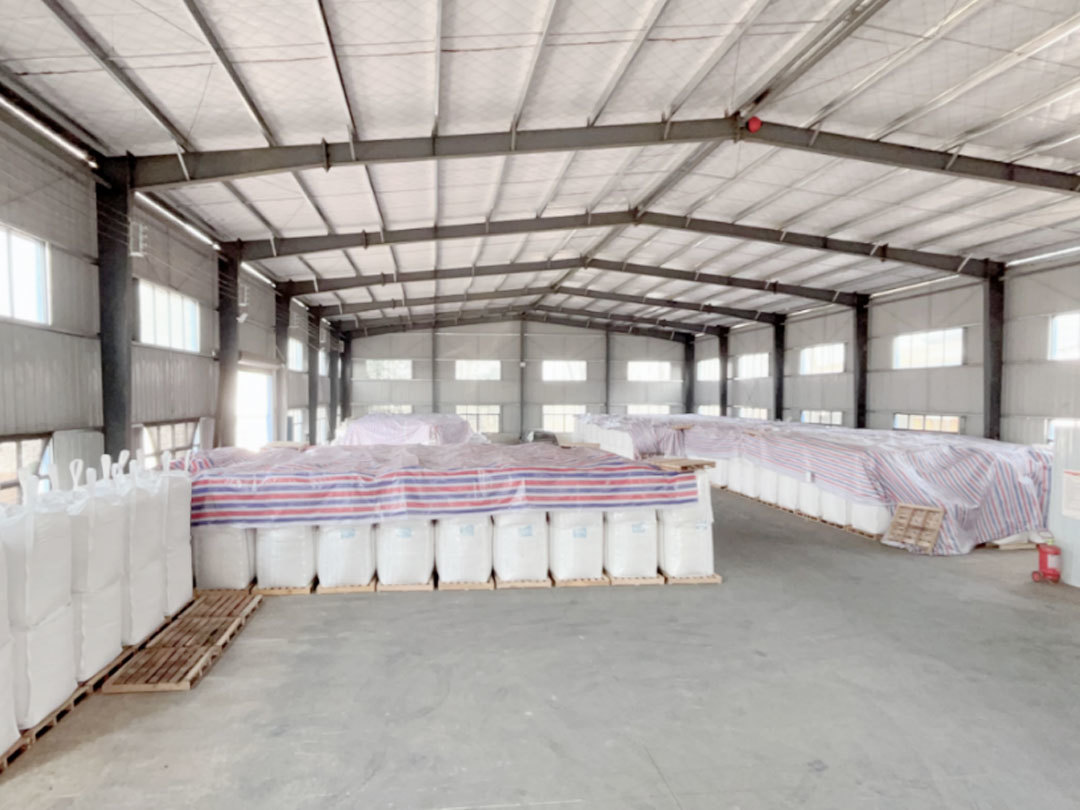New Urea Dehydrogenation Technology and Its Applications
Category: Industry Blog
Release time:2013-12-16

China currently has nearly 200 large, medium, and small urea production units. The raw gas sources for urea production enterprises vary; currently, there are three main production methods: using fuel oil, natural gas, and coal as raw materials. The high-pressure tail gas from urea synthesis contains unreacted H2, CO, CH4, and oxygen, which, due to concentration, reach explosive levels, posing a significant safety hazard. Several major explosions have occurred, resulting in substantial losses. A new urea dehydrogenation technology is employed in CO raw gas,
Removing explosive gases like B from the raw gas at low concentrations effectively prevents explosions from the source, providing a strong guarantee for "safe production" and "reliable operation."
Since the 1980s, some urea manufacturers in China have used imported and domestically produced dehydrogenation catalysts, mainly the noble metal Pt(Pd)/γ-Al2O3 system. The results have been generally satisfactory, but some shortcomings remain, such as the catalyst's sulfur resistance, low-oxygen adaptability, preparation process, and service life. To meet market demands and reduce energy consumption, the Hubei Provincial Chemical Research Institute has conducted extensive research and development, creating a new urea dehydrogenation technology centered on the TH-2 and TH-3 dehydrogenation catalysts. This technology has been successfully applied in more than 30 large and medium-sized urea units in China and has been selected by the China Nitrogen Fertilizer Industry Association as training material for nationwide promotion.
Introduction to the 2TH Series Urea Dehydrogenation Catalyst and New Technology
Working Principle of the TH-2 and TH-3 Dehydrogenation Catalysts
To prevent corrosion in the urea synthesis system, O2 must be added to the urea CO raw gas. CO dehydrogenation, under the action of the dehydrogenation catalyst, allows the H2 in the CO gas to react with O2 to produce H2O, keeping the post-synthesis tail gas away from the explosive range and thus completely eliminating safety hazards.
keyword: New Urea Dehydrogenation Technology and Its Applications
Related Information
Industry Blog
-
A seminar on energy efficiency and safety and environmental protection technology in the metallurgical gas industry was held in Tongcheng
Time:2025-05-26
-
New Urea Dehydrogenation Technology and Its Applications
Time:2013-12-16
-
New materials can capture a large amount of toxic metal ions in water
Time:2024-08-09
-
Protecting Workers' Health: The Municipal Health and Family Planning Commission's Comprehensive Supervision and Law Enforcement Bureau Promotes the Occupational Disease Prevention and Control Law in Enterprises
Time:2025-05-28
-
CCB Xianning Branch innovates and improves financial products to support the development of technology enterprises
Time:2023-12-06
-
The 21st High-Quality Development Conference of the Indoor Environment Purification Industry 2024 was held in Lingang.
Time:2024-12-26

